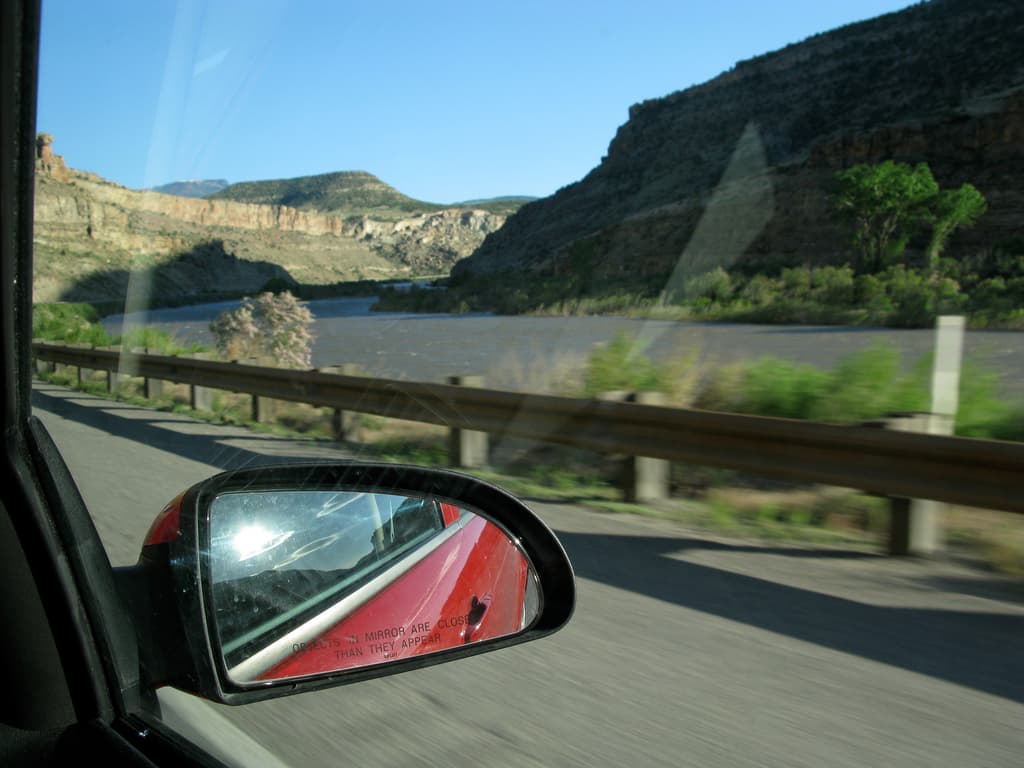
Us human drivers are used to fairly simple communication between other cars on the road: middle finger = bad job, sir or madam, honk = I'm unhappy about it.
The Colorado Department of Transportation is hoping that better communication -- vehicle-to-vehicle communication and vehicle-to-infrastructure communication -- can make driving on I-70 less middle-finger-inducingly bad.
Essentially, it amounts to using Panasonic technology to let cars and roads communicate current conditions to each other to make the roads crash-free and therefore injury-free and delay-free.
Aspiring to that on I-70 is definitely ambitious. CNet called the project a "trial by fire of sorts." Panasonic acknowledged that it'll be tough in an interview with Route Fifty.
Another challenge is simply the cars themselves. While newer cars will have the necessary equipment, older vehicles will need a device, Route Fifty reports. Of course, it's not totally out of the ordinary for CDOT get drivers to buy a new device for traffic improvements.
And if all this elaborate traffic talk has you dreaming of another ski train, dream on -- this traffic fix is the cheapest option in an agency that doesn't have a lot of money, spokesperson Amy Ford told Route Fifty.












